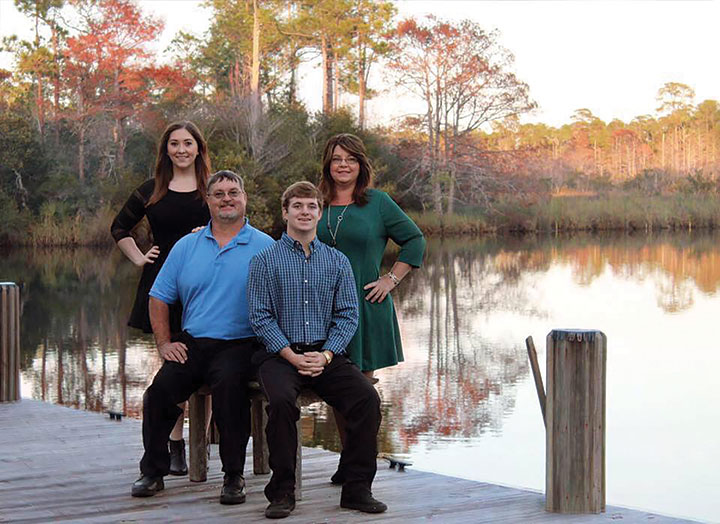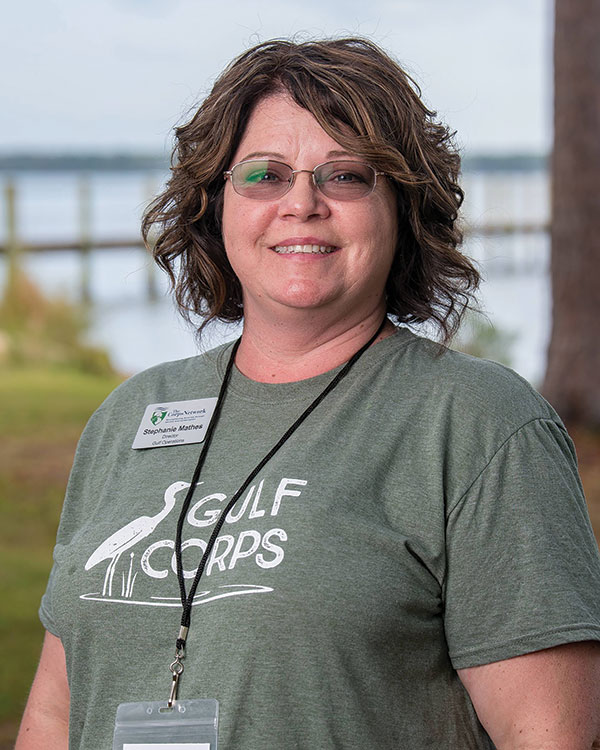It all started with a bag of Doritos.
After eating the nacho chips while watching July 4 fireworks, Stephanie Mathes woke up swollen. Now 50, she attributed the reaction to getting older and being diabetic.
Her friends, some of whom are nurses, advised her to drink lots of water and laughed with her about the pitfalls of aging.
But the problem didn’t resolve.
“I continued to swell and began experiencing level 8, 9 and 10 pain,” the Long Beach resident recalls.
Her primary care doctor also thought diabetes and her age were to blame, and Mathes agreed to avoid salty foods going forward. But the diuretic he prescribed didn’t work, and the pain and swelling intensified. Her condition deteriorated to the point that she lost consciousness at times and was forced to return early from a trip to Seattle.
“The blacking out, the pain and travel were a horrible combination,” Mathes says. “People could look at me and see there was some kind of problem, and they were so kind and compassionate.”
After numerous tests upon her return, Mathes was referred to a nephrologist, who scheduled her for additional testing. At this point, she classifies her pain level at a 50, and her swelling had now reached about 25 pounds.

“I couldn’t open the door on my own. I couldn’t open a can of diet coke on my own, couldn’t drive myself to work,” Mathes says. “My husband drove me to work, and I had a great work team that helped me be there. I couldn’t shower without my husband’s help and could barely stand on my very swollen feet.”
When she met with the doctor about the test results, Mathes received an unexpected diagnosis: lupus. An autoimmune disease that occurs when the body attacks its own tissues and organs, lupus is estimated to affect 1.5 million Americans and at least 5 million people worldwide. It affects women disproportionately, as nine out of 10 adults with lupus are female.
“We felt an immediate relief because she didn’t say you have cancer or you’re dying, so in my head, in that split second, I thought, ‘OK — give me the medicine and let me rock on,’” Mathes says. When the doctor used terms like “no cure,” “chemotherapy” and “hair loss,” it dawned on her that the upcoming battle would be serious.
Her initial treatment included lots of steroids, then progressed to various chemotherapy agents, immunosuppressant medications and multi-hour infusions. She praises her medical team for monitoring her, caring for her and doing their best to reduce her treatments’ side effects.
“After about a year of treatment, I began to slowly gain some strength back through working with a personal trainer,” Mathes says. “I make sure I work out, walk, stay active, volunteer and pray a lot, and I can do most anything now with some reservations. I have pain every day at a level less than three now, which is way better than 10.”
Although she acknowledges that lupus turned her life upside down, Mathes considers herself blessed. Her condition is as under control as it can be, and her regimen involves one shot a week as opposed to steroids, shots, pills and infusions. She has responded well to treatment and can do more now, but even some simple activities tire her to the point that it takes days to recover.

For those who have been newly diagnosed, Mathes recommends being kind to yourself, joining a support group, asking questions and making the necessary lifestyle changes. For loved ones of people with lupus, she suggests avoiding assumptions. The battle a lupus patient is fighting not only physically, but mentally and emotionally, is not always apparent. And conversely, instead of presuming someone with lupus can’t do something, Mathes urges silent support instead.
“Let them decide (what they can do) because it may be the one thing they can do today,” she says. “Minimize the sympathy, and maximize the empathy.”
LUPUS FACTS
People with lupus can experience symptoms such as pain, extreme fatigue, hair loss, cognitive issues and physical impairments that affect every facet of their lives. Many suffer from cardiovascular disease, strokes, disfiguring rashes and painful joints. For others, there may be no visible symptoms.
One in three lupus patients suffer from multiple autoimmune diseases.
Ninety percent of people living with lupus are women. Most people with lupus develop the disease between the ages of 15 and 44.
Although lupus can develop in people with no family history, there are likely to be other autoimmune diseases in some family members.
*Source: The Lupus Foundation of America (www.lupus.org)



One Comment
Leave a Reply